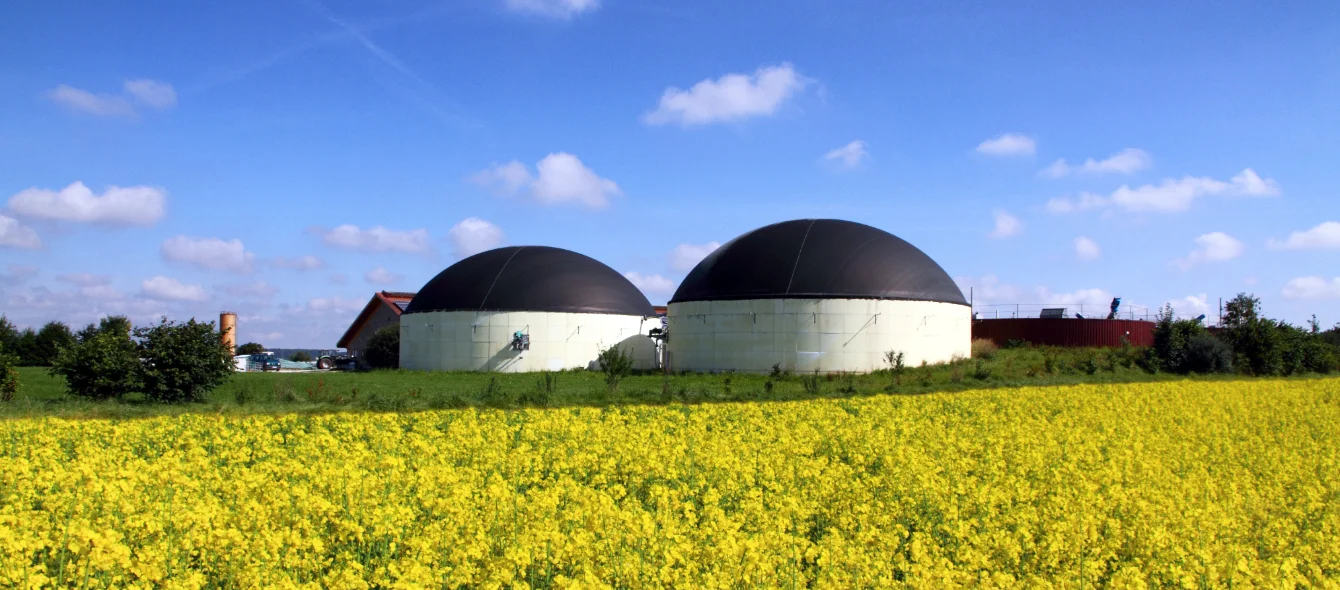Across many sectors, from energy to aviation and petrochemicals, companies are looking to biomass as a low carbon feedstock alternative to fossil fuels. However, the equation ‘use a plant, grow a plant’ is never as simple as it looks.
More than a decade ago, biofuels for transport were all the rage, but it was soon evident that increased demand for biofuels, for example from soya or palms, created incentives for both direct and indirect land use change. In short, biofuel consumption encouraged the destruction of virgin habitats, which acted as natural carbon sinks, as growers increased the amount of cultivated land.
In the EU, this resulted in the introduction of sustainability criteria for biofuels to ensure that their production and use had a genuinely positive environmental impact.
How much sustainable biomass is available?
Estimates of sustainable biomass supply vary considerably and incorporate complex sets of assumptions and definitions.
A new report, Bioresources within a Net-Zero Emissions Economy, published in July by the Energy Transition Committee (ETC), argues that while renewables combined with hydrogen can meet the bulk of global decarbonisation needs, bio-feedstocks still have a critical role to play in reaching carbon neutrality by 2050.
However, the total sustainable supply of biomass is, according to the report, “severely limited”, and can meet only a small proportion of the potential demand placed upon it. The report identifies three core sources of biomass: biomass grown on dedicated land; biomass from waste and residues; and biomass from aquatic sources. It says sustainable supply, while hard to calculate, is likely to be about 40-60 exajoules (EJ) a year by 2050. Currently, about 10 EJ/yr is used for materials, leaving 30-50 EJ available for energy or new material demands.
In a maximum supply scenario, ETC estimates another 60 EJ/yr could become available, but achieving this is problematic. The bulk, 45 EJ/yr, depends on changes in diet or advances in agriculture, which enable a dramatic reduction in land use for animal meat production.
The remaining 15 EJ/yr is split between 10 EJ/yr from a large seaweed-for-energy industry, and 5 EJ/yr from better global waste management.
Use prioritisation
Global final energy consumption is currently 430 EJ/yr, which, because of low energy conversion factors, would require at least 610 EJ/yr in terms of primary energy supply, if met entirely by biomass. The bulk of the world’s decarbonisation efforts, therefore, must come from renewable electrification and clean fuels such as hydrogen, with biomass paying a much smaller but still important role, targeted at hard-to-abate areas of the economy, the report says.
If demand, as forecast, outstrips supply, the report says tightly defined and strictly enforced sustainability criteria would be required, alongside carbon pricing mechanisms to ensure optimal allocation of the resource.
The report identifies timber, paper and pulp and plastics feedstocks as the highest priority areas. These are followed by biomass for combustion for steel, cement and aluminium production, and feedstock for aviation fuel. These sectors alone could consume more than all of the likely sustainable biomass supply available in 2050.
The report notes that in some cases biomass use in these key sectors is insufficiently mature, and that the resource can be used in other sectors as a transitional low carbon source of bioenergy.
Electrification key to reducing biomass demand
Moreover, in each of the hard-to-abate sectors, electrification options should also be pursued. In addition, carbon removal technologies, such as combining biomass-to-energy with carbon capture and storage (CCS) could change the hierarchy of use, but even here alternatives should be developed, such as direct air CCS, the report argues, to lessen demand on the biomass resource.
The report argues the scarcity of sustainable biomass, and the risks of unconstrained demand, underline the need not just to prioritise biomass use by sector and enforce strict sustainability criteria, but the urgent need to accelerate non-bio resource development, such as wind and solar power.
